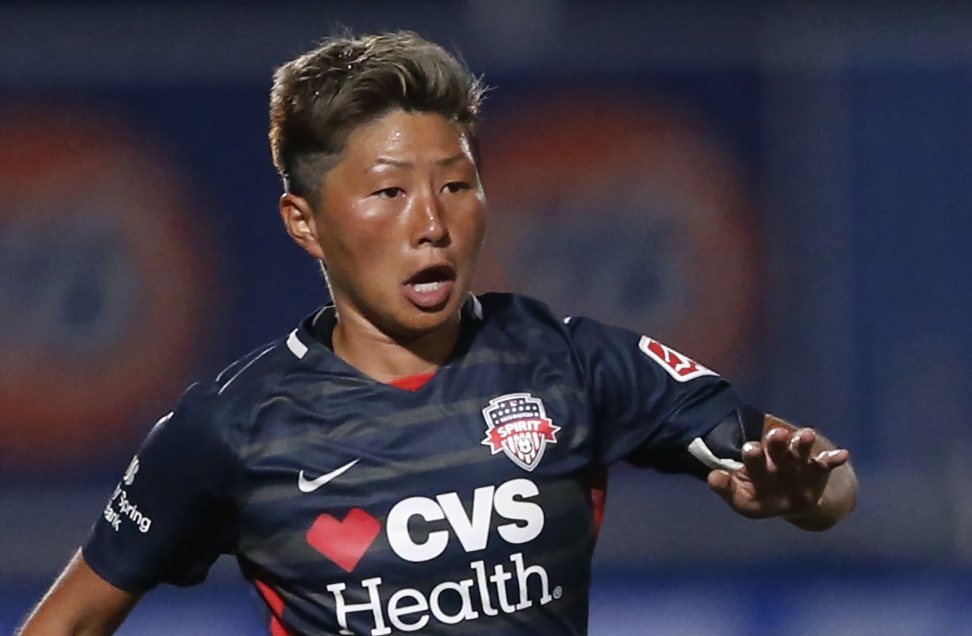Football, often hailed as the world’s most popular sport, has long been associated with traditional gender norms and stereotypes. However, in recent years, there has been a notable shift towards inclusivity and diversity within the football community, particularly in addressing gender identity and LGBTQ+ representation. This transformation is not only reshaping the sport but also challenging societal norms and fostering a more inclusive environment for athletes and fans alike.
Historically, football has been perceived as a male-dominated sport, with strict expectations about masculinity and femininity. However, the rise of LGBTQ+ visibility and advocacy has prompted the football world to confront these stereotypes head-on. Players, coaches, and organizations are increasingly recognizing the importance of breaking down these barriers to create a more welcoming and accepting atmosphere for everyone.
One significant step towards inclusivity is the growing visibility of LGBTQ+ players in professional football. Athletes who identify as LGBTQ+ are courageously coming out and sharing their stories, paving the way for others to feel empowered to do the same. This not only challenges stereotypes but also helps to break down the stigma surrounding LGBTQ+ individuals in sports.
Football clubs and organizations are also taking proactive measures to promote diversity and inclusion. From rainbow armbands to themed matches celebrating LGBTQ+ pride, football is becoming a platform for raising awareness and advocating for acceptance. These initiatives not only create a sense of belonging for LGBTQ+ individuals within the football community but also send a powerful message of unity to fans worldwide.
Despite these positive changes, challenges persist. Homophobic chants and discriminatory behavior from fans are still prevalent in some regions, underscoring the need for continued efforts to educate and raise awareness. Football’s governing bodies, clubs, and players must collaborate to implement and enforce policies that address discrimination and create consequences for those who engage in prejudiced behavior.
In conclusion, the evolution of gender identity and LGBTQ+ representation in football is a testament to the sport’s ability to adapt and embrace change. While progress has been made, there is still work to be done to ensure that football remains a welcoming space for individuals of all identities. By breaking down traditional boundaries, the football community can set an example for other sports and inspire a broader societal shift towards acceptance and inclusion.
Raed Also:
- What Is An Electric Car?
- What Is The Significance Of Electric Vehicles?
- Top 3 Electric Car Charging Companies In The US

